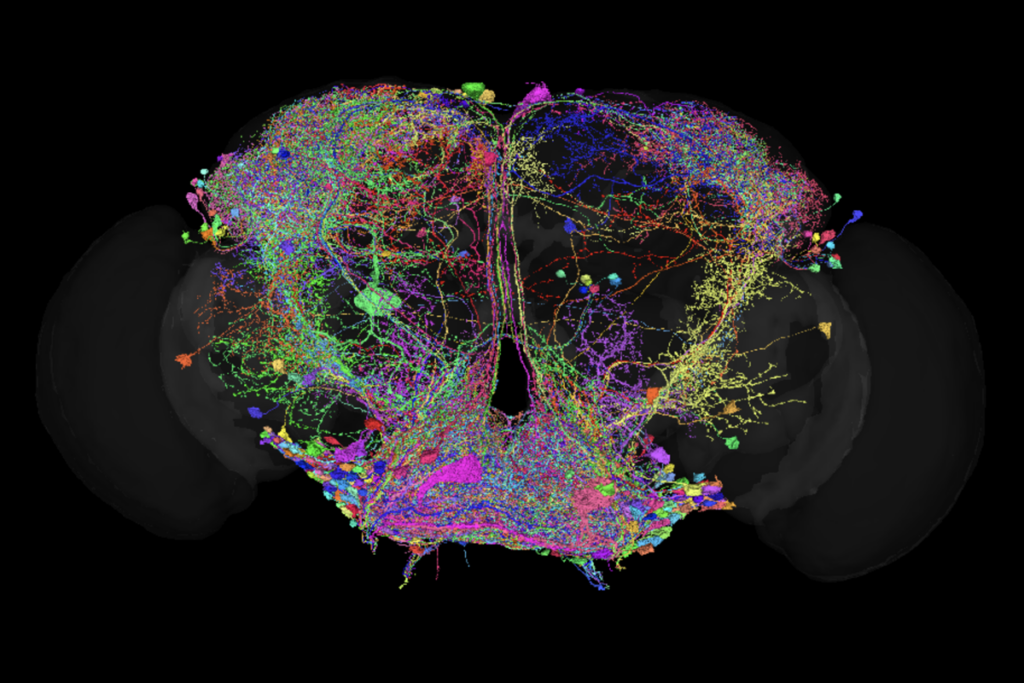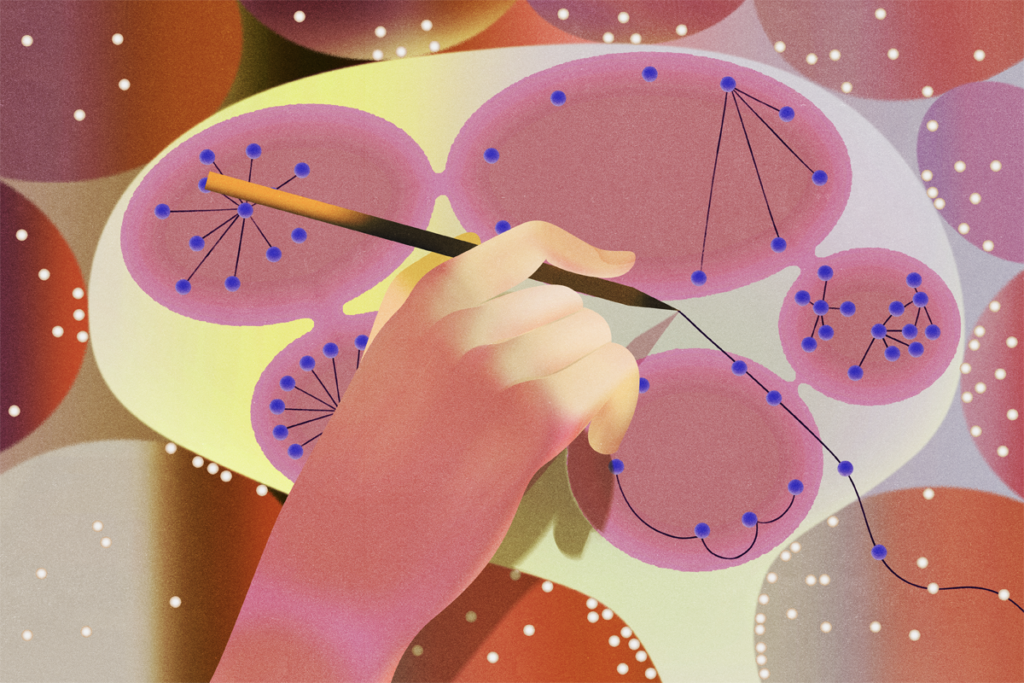“Remembrance of things past is not necessarily the remembrance of things as they were.” —Marcel Proust
Our subjective experiences are continuously filtered through the lens of memory, so brains have to find a balance between stable memory storage and the flexibility to update existing memories with new learning. On that much, neuroscientists agree. But a conceptual chasm has emerged in connecting the molecular processes that convert experiences into long-lasting, stable changes in the brain and how information is represented and stored in the brain. This may be due, in part, to differences in how these concepts are defined.
The debate over how information is stored in the brain is often represented as one between two extremes. One viewpoint posits that learning induces changes in gene expression that ultimately alter the structure and function of specific synapses within the physical memory circuit, or engram. These molecular changes at the synapses can remain stable for the lifetime of the memory. The other viewpoint claims that information is represented not in a specific set of cells or synapses but rather across a loose set of cells and circuits that “drift” over time. In this view, the cells that initially encoded an experience are not the same set of cells that actually store the information. Indeed, the precise set of cells do not matter in this framework—the information for a specific memory is instead decoded from the computational space of firing patterns across a set of cells.
The debate—often given the shorthand of “memory engrams versus representational drift”—has been the subject of numerous conference sessions, including one I co-organized in Utah in January. What these discussions have made clear is that the debate over how memory is stored runs deeper than reconciling different levels of analysis. Scientists disagree over the language that describes even the basic concepts, making it challenging to engage in meaningful discourse. Our discussion panel, for example, brought together memory scientists working at different levels of analysis to explore the various concepts of memory, ranging from molecular storage events, such as stable synapses, to representational drift in neural circuits. In planning the panel, it became clear that we needed to agree on how we talk about concepts such as “storage” and “drift.” Molecular neuroscientists think of storage in concrete terms, such as a set of synapses that are strengthened to form an engram. Systems neuroscientists, by contrast, think in more abstract terms, in which information is represented as computations performed by neural circuits.
The case for memory engrams
Current cellular models of learning and memory have focused on cell-autonomous mechanisms, such as long-term potentiation and depression, which strengthen or weaken synaptic weights to sculpt the specific circuits that store memories. Learning induces rapid gene expression of a set of immediate early genes (IEGs), which help orchestrate several processes involved in plasticity and information storage. The promoter sequences that make these IEGs responsive to neuronal activity and experience have been used to “tag” the cells that are active during learning. In experiments that used this approach, light-sensitive receptors were expressed only in the cells active during learning. Shining a light to activate these cells days or even weeks after training resulted in the recall of a memory without any external experience or cue. This remarkable observation set the stage for the idea that “engram” neurons that encode learning are sufficient to store and recall a memory. But these manipulations are cell-wide, not targeted to specific synapses. More definitive evidence for the role of synapses will require higher-resolution tools that can tag specific synapses active during learning. It also remains unclear if these cells are storing the information or simply triggering recall through another set of cells, where the information is actually stored.
The representational drift perspective
Information received from the outside world is represented internally in the brain through specific firing patterns. Though neurons that are active during a particular experience may initially encode information, long-term recording of neuronal activity shows that the firing patterns of these cells change over time in response to the same stimuli. Thus, the internal representation of information is thought to “drift.” The classic illustration of drift comes from hippocampal place cells, which fire in specific locations as an animal moves through space. Over time, the place cells encoding specific locations change, despite the environment staying the same.
Although drift has been observed in many different studies, the precise nature of how and why activity drifts is still an open question. Drift may be an inevitable outcome of normal protein and synapse turnover, where homeostatic processes maintain the core representation, similar to the famous ship of Theseus, in which all the components of the original ship are replaced over time. Alternatively, some argue that drift is a feature, not a bug, of computation. Memories require regular updating, and the continual reorganization of engrams or linking of memories across time may require some degree of drift. Experimental work that ties synaptic plasticity and engram formation with drift rates would potentially help reconcile these hypotheses.
In this essay, I aim to better understand how to unite these different models of memory. To do so, I asked researchers working at different levels of analysis the following three questions, to determine whether the extremes outlined here are, in fact, real or just perceived.
- Is information stored in the brain at the level of cells (or circuits) or at the level of synapses?
- Can we reconcile observations that show distinct engram circuits seem to store memories versus observations that show the neuronal activity of these engram neurons drifts?
- What experimental data would be helpful to reconcile these observations to help bring these theories together?







